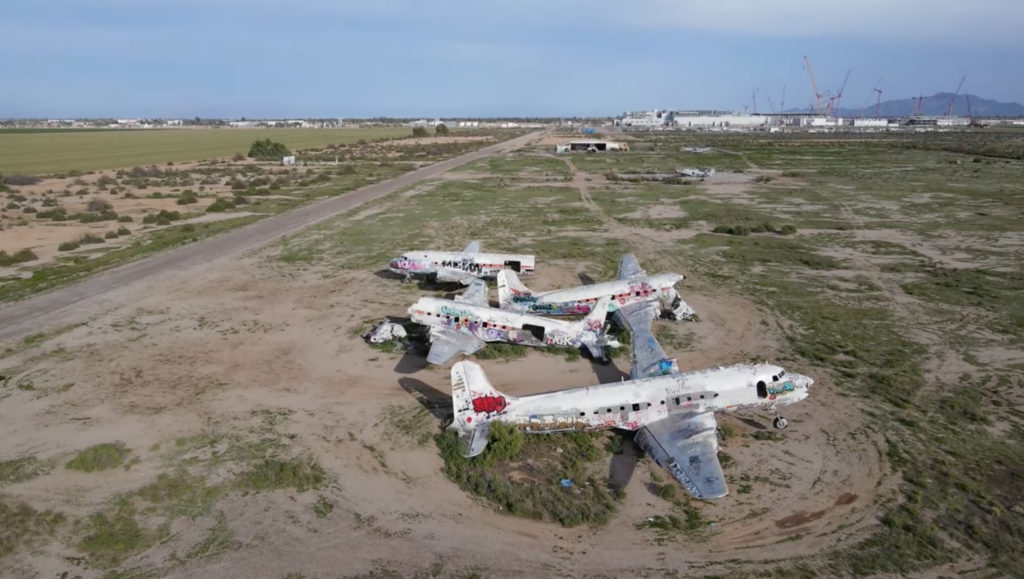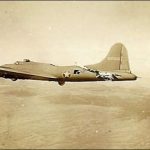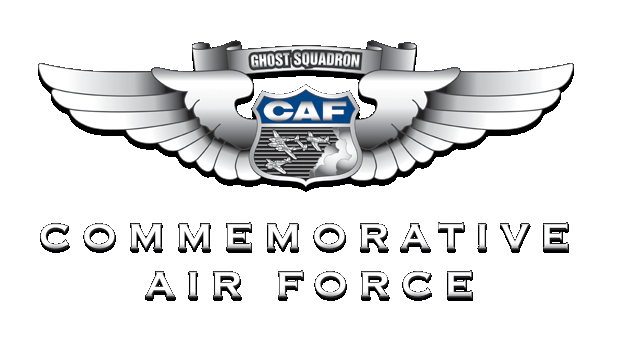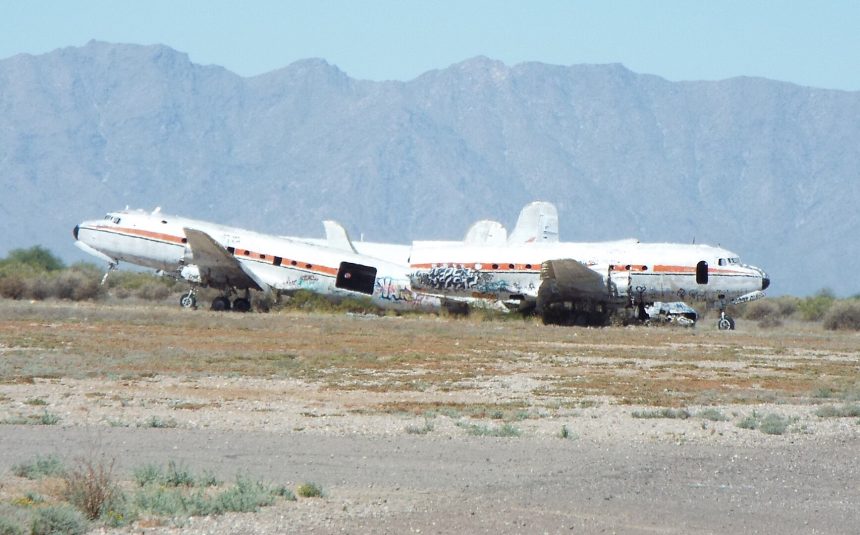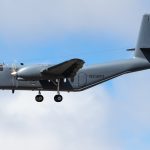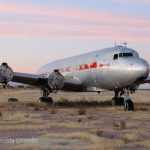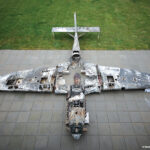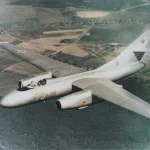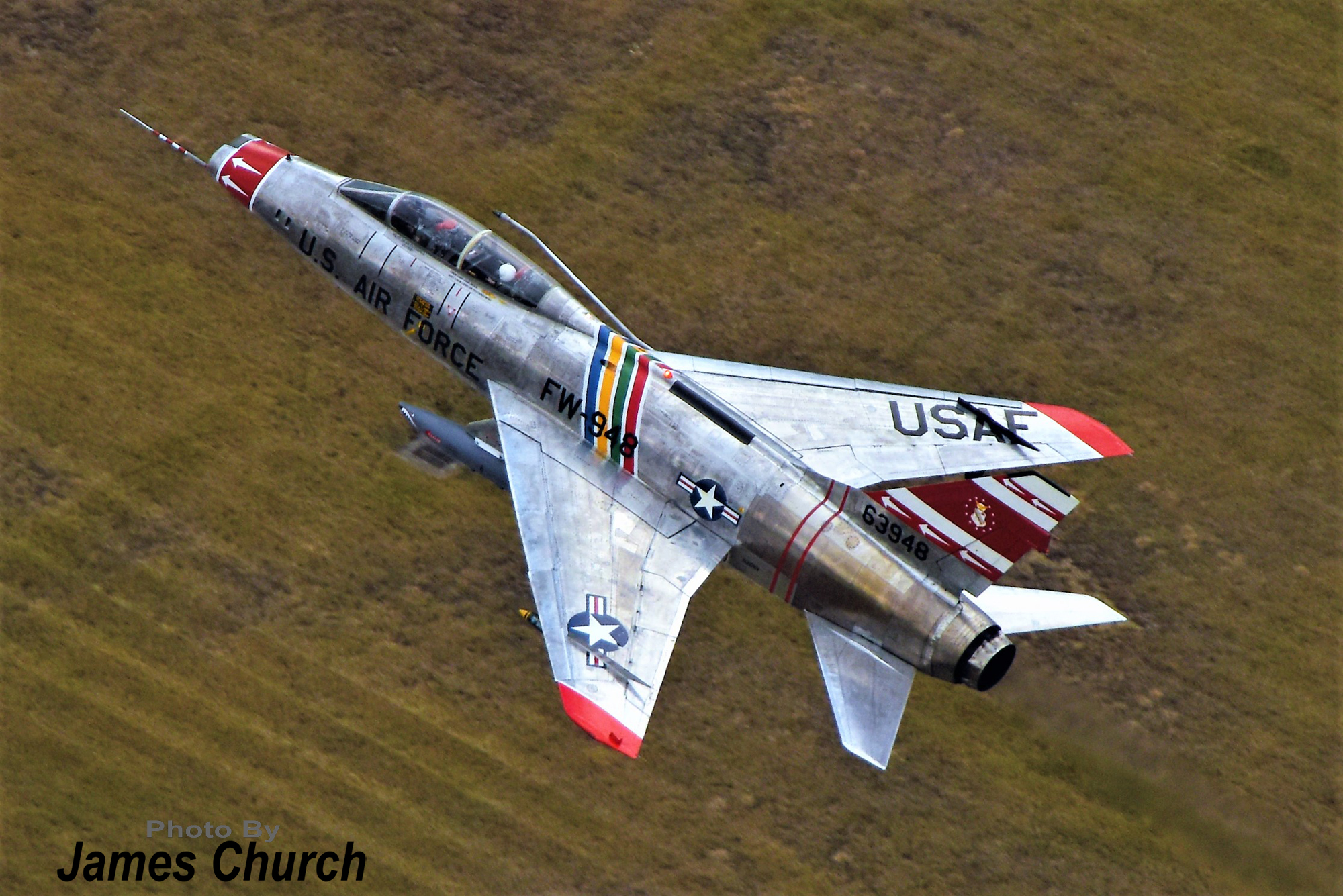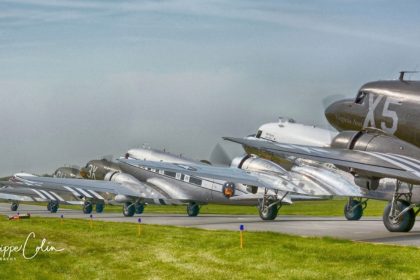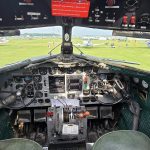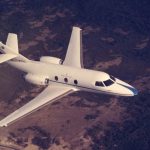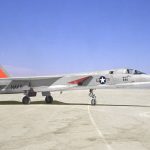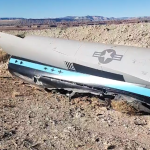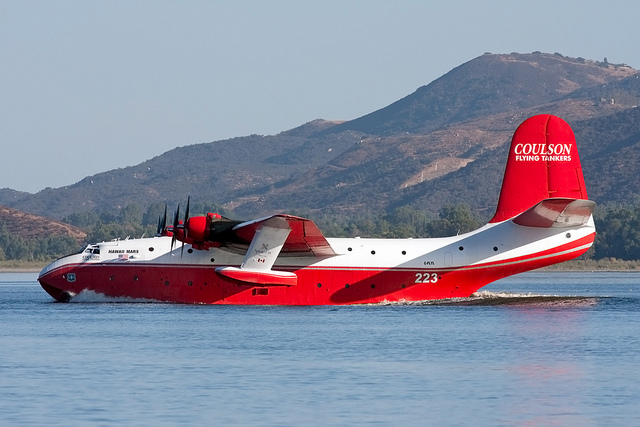Just outside Phoenix, Arizona—overshadowed by the nearby Chandler Municipal Airport—lies a largely forgotten patch of aviation history. From the ground, Gila River Memorial Airfield reveals little. But from above, its secrets are unmistakable: outlines of derelict Douglas C-54 Skymasters, a Lockheed PV-2 Harpoon, and the scorched remnants of a Douglas DC-7, all left to bake in the relentless desert sun.
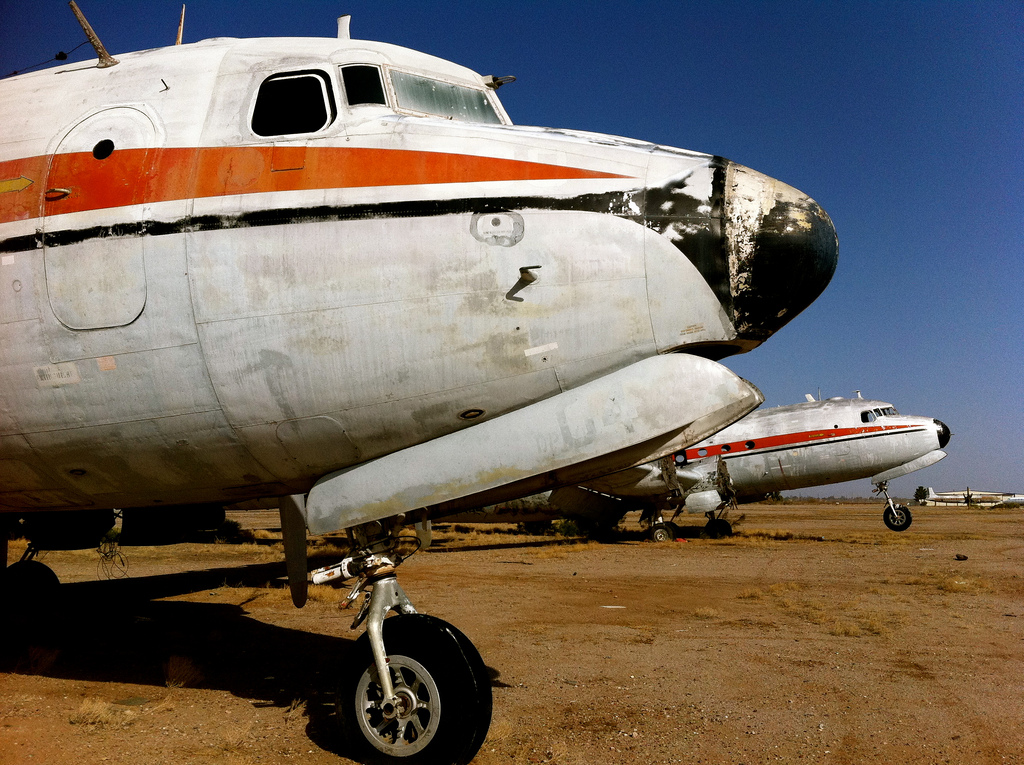
Constructed during World War II, Gila River was one of several auxiliary airfields that supported Williams Army Airfield (now Phoenix–Mesa Gateway Airport). It served as a training ground for multi-engine aircraft, initially employing the Cessna AT-17 Bobcat and AT-10 Wichita. These trainers, criticized by pilots as being “too easy” to fly, were soon replaced by more challenging aircraft like the Curtiss-Wright AT-9 Jeep and North American AT-6 Texan. In December 1944, the arrival of the Boeing B-17 at Williams led to Gila River’s new role as a training base for heavy bombers.
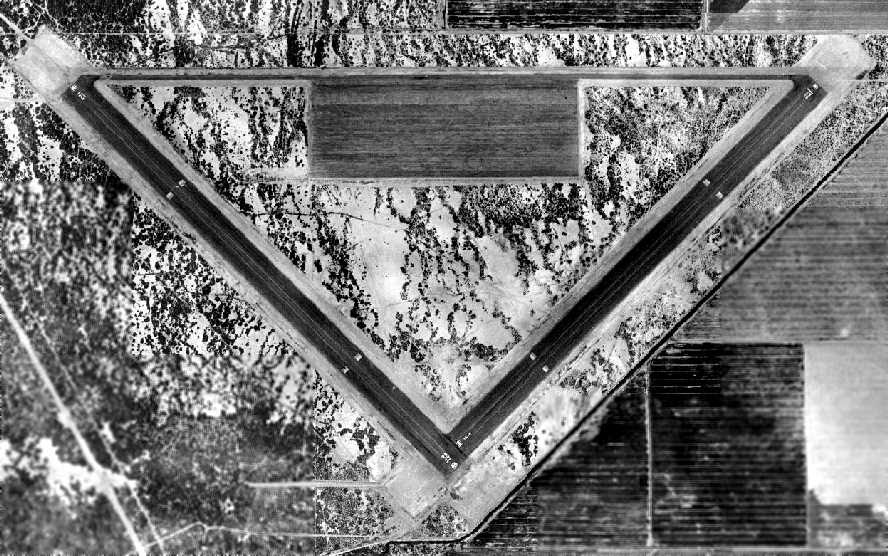
Postwar, the field evolved. Sometime between 1952 and 1956, the 12/30 runway was extended to accommodate early jet aircraft such as the T-33 Shooting Star. By the late 1960s, Gila River pivoted from training to modification work, allegedly outfitting Lockheed C-130 Hercules aircraft and others for CIA operations under the Air America program. As U.S. involvement in Vietnam waned, so too did the CIA’s use of the field. Gila River transitioned into a hub for aerial firefighting aircraft, including converted Douglas DC-7s, Fairchild C-119s, and even a few B-17s.
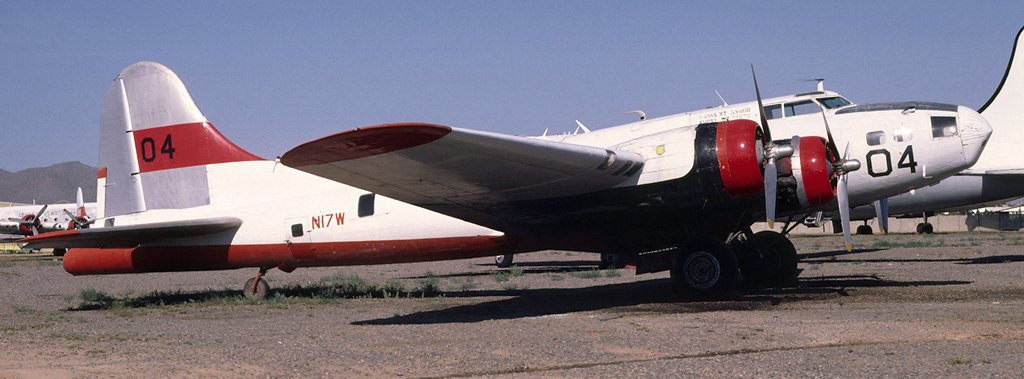
The facilities were sparse—just two main hangars and a cluster of general aviation buildings—but the expansive tarmac made it ideal for storing aircraft awaiting conversion or maintenance. With the U.S. Air Force retiring its fleet of C-130As in the 1980s and ’90s, many were sold on the civilian market and flown to Gila River for retrofitting as air tankers.
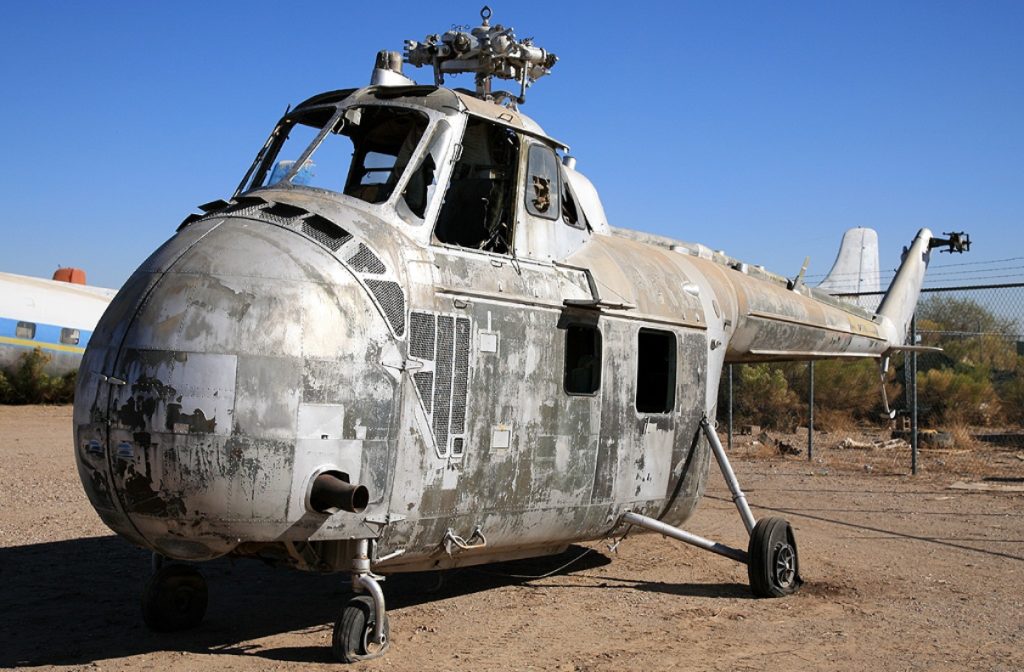
This brief revival ended abruptly in the wake of the U.S. Forest Service air tanker scandal of the mid-1990s and the subsequent grounding of all C-130As in 2004. Although the main runway was resurfaced in 2006 in anticipation of redevelopment, those plans never materialized. The field was effectively abandoned, and the aircraft that remained—too damaged or obsolete to move—were left behind.
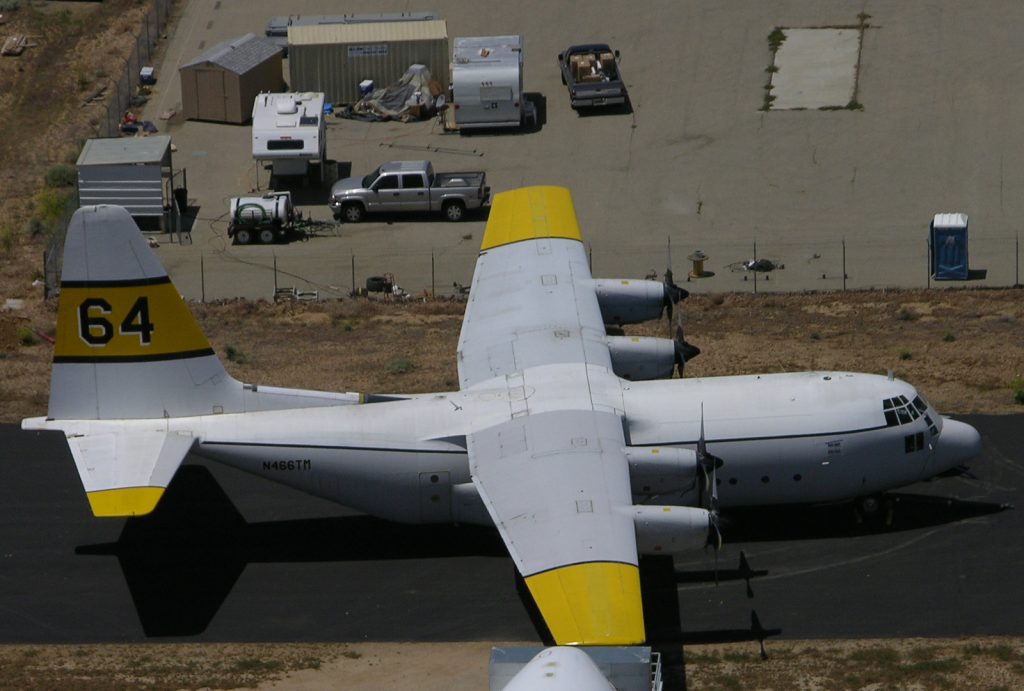
Forgotten Guardians of the Sky
Today, the airfield’s silence is broken only by the wind and the occasional echo of vandalism. Graffiti artists have defaced nearly every remaining airframe, and in some tragic cases, arsonists have reduced rare aircraft to rubble. Among the most notable losses was Delta Air Lines’ former Douglas DC-7, N4889C, destroyed by fire. Another victim, C-54P N44908, had a distinguished wartime service record with both the U.S. Army Air Forces and the Navy. Acquired by Biegert Aviation in 1975 for large-scale spraying operations, the aircraft remained parked for decades before being sold to Brooks Fuel in Alaska. Its engines were salvaged and shipped north; the fuselage was left behind. Between 2016 and 2017, the forward fuselage was set ablaze, melting the cockpit and leaving only charred wiring to connect what remains.
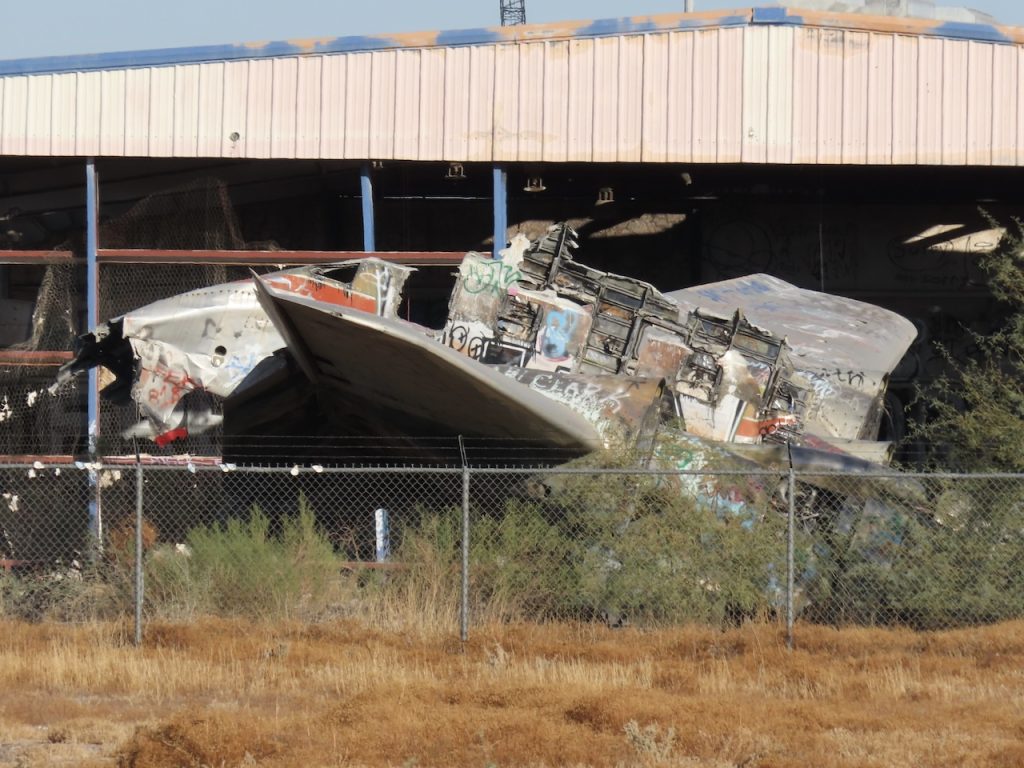
N44906, a Navy R5D-5 (later redesignated C-54P), met a similar fate. After retirement, it too was operated by Biegert Aviation and later stripped for parts. Vandals torched its cockpit around 2021, and the aircraft now lies tipped on its back, covered in graffiti.
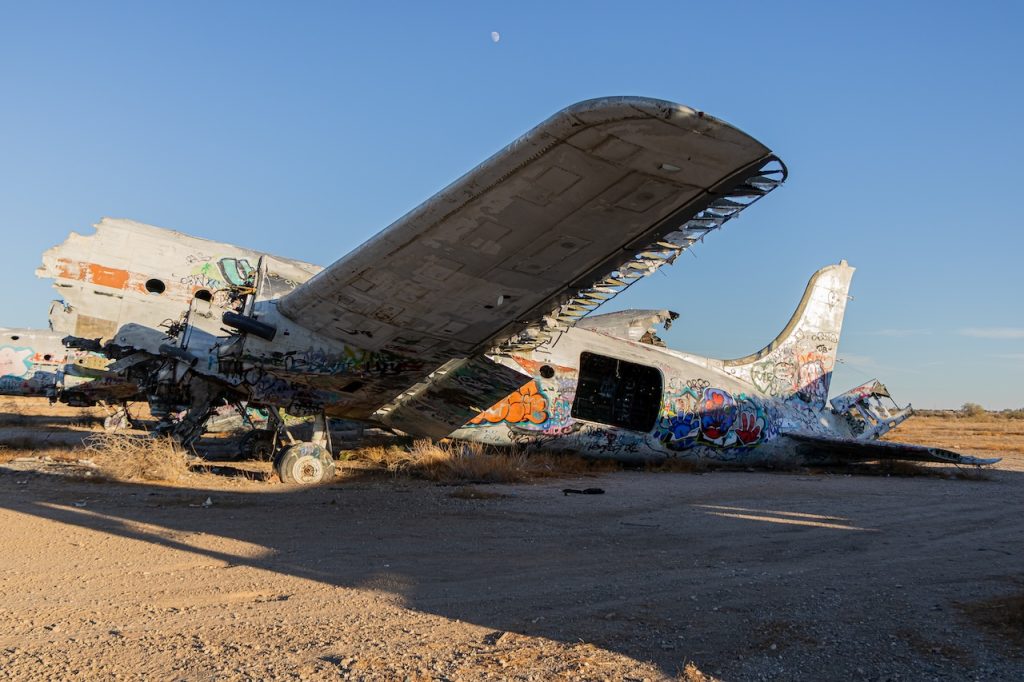
Perhaps the best-preserved Skymaster on the field is N44904. Originally a Navy C-54Q, it saw service until 1971 and was later used by Biegert for environmental spraying operations, including oil spill response. Though stripped of its engines and now resting on its tail, this aircraft still bears faint traces of its military heritage—a U.S. roundel remains barely visible on its left wing.
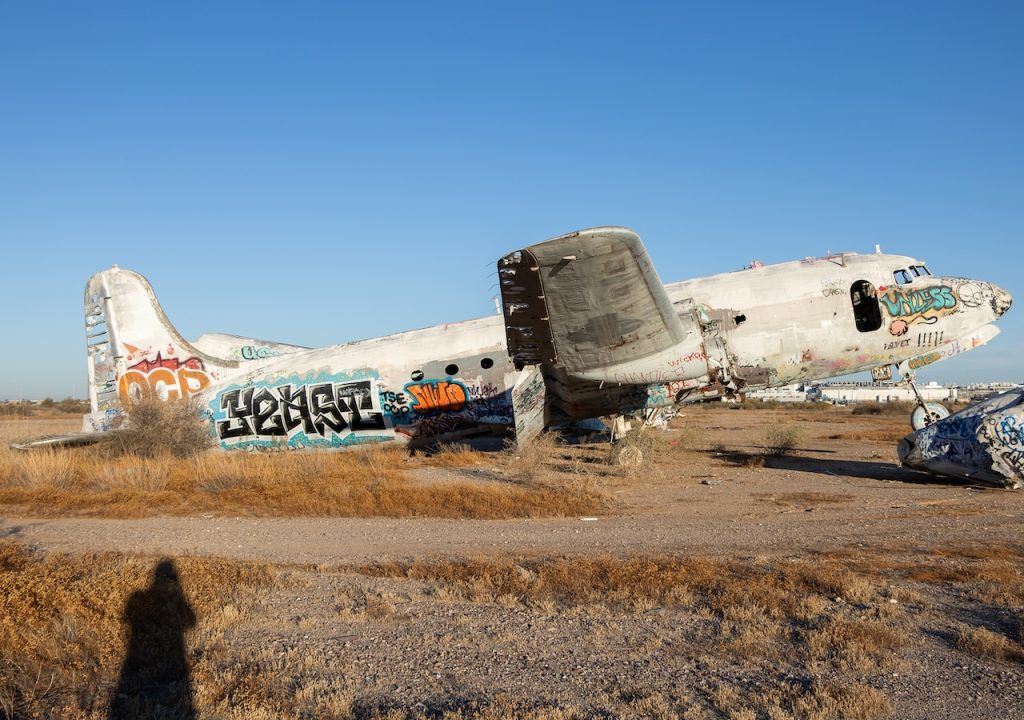
The oldest of the group is N44910, which first flew in 1942. After a brief postwar stint with Biegert, it too was cannibalized for parts. Its faded roundel still lingers beneath a coat of modern spray paint, a subtle tribute to its storied past.
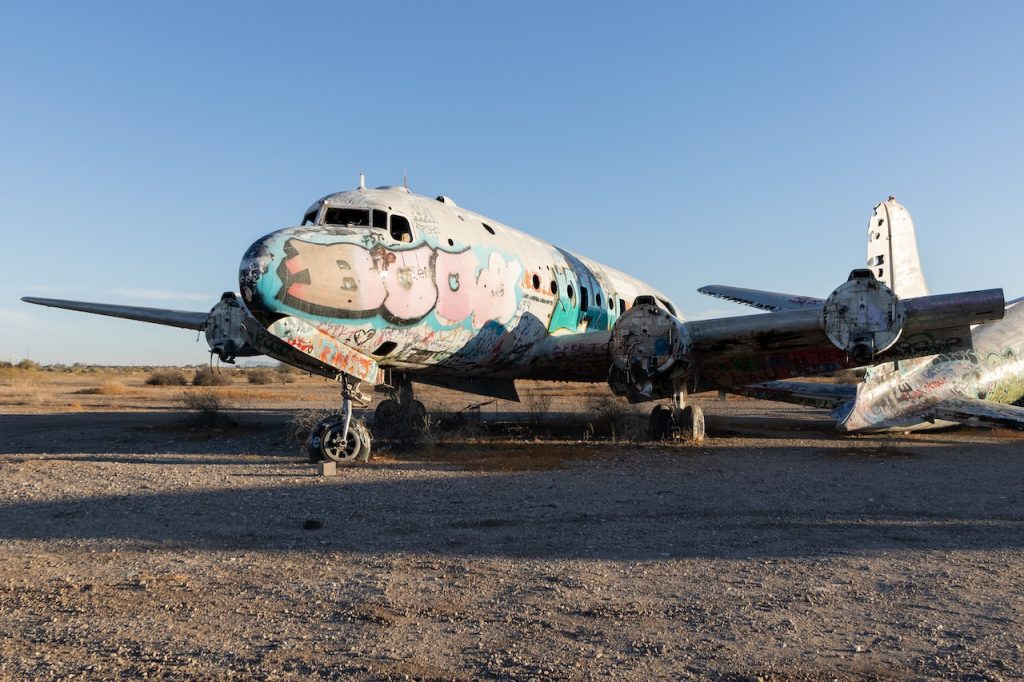
A Fighter Left Behind
A few hundred meters east of the C-54s sits a lone Lockheed PV-2 Harpoon, tail number N7068C, once known as Tanker 112. After serving in the Navy during World War II, it was converted for civilian use as a water bomber. Despite a minor incident in 1980 involving accidental gear retraction, it had a productive firefighting career. It was parked at Memorial around 1993 and has since suffered the same fate as the others—graffiti, decay, and neglect. Yet unlike the C-54s, this Harpoon may get a second chance: a new owner plans to restore it to airworthiness, complete with wartime Navy markings.
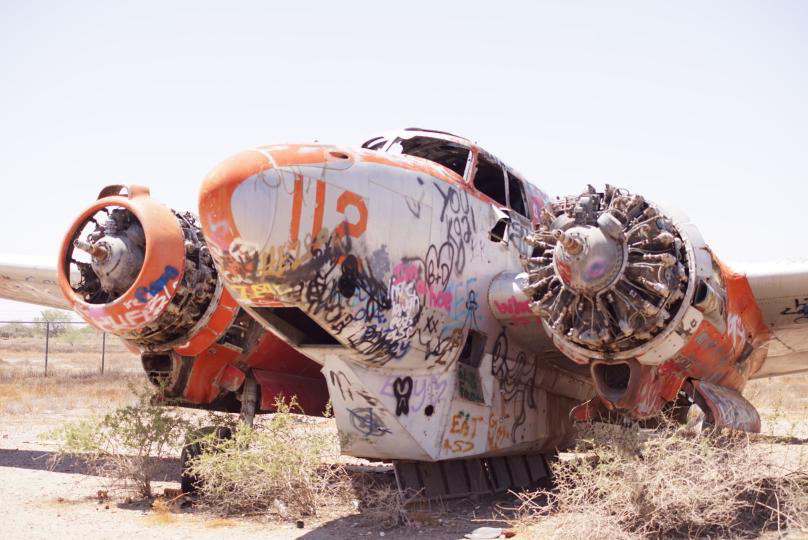
A Future in Question
Gila River Memorial Airfield boasts a rich yet largely forgotten history. It played a vital role in training America’s WWII aviators, later serving in Cold War intelligence operations and then transforming into a hub for aerial firefighting. But in recent decades, it has become a symbol of abandonment and loss—its aircraft desecrated, its infrastructure crumbling, and its legacy fading. Still, there is a flicker of hope. As vintage multi-engine warbirds become increasingly rare, interest in their preservation grows. The fate of Gila River’s remaining aircraft remains uncertain, but their stories endure, waiting to be told—and perhaps, restored.
